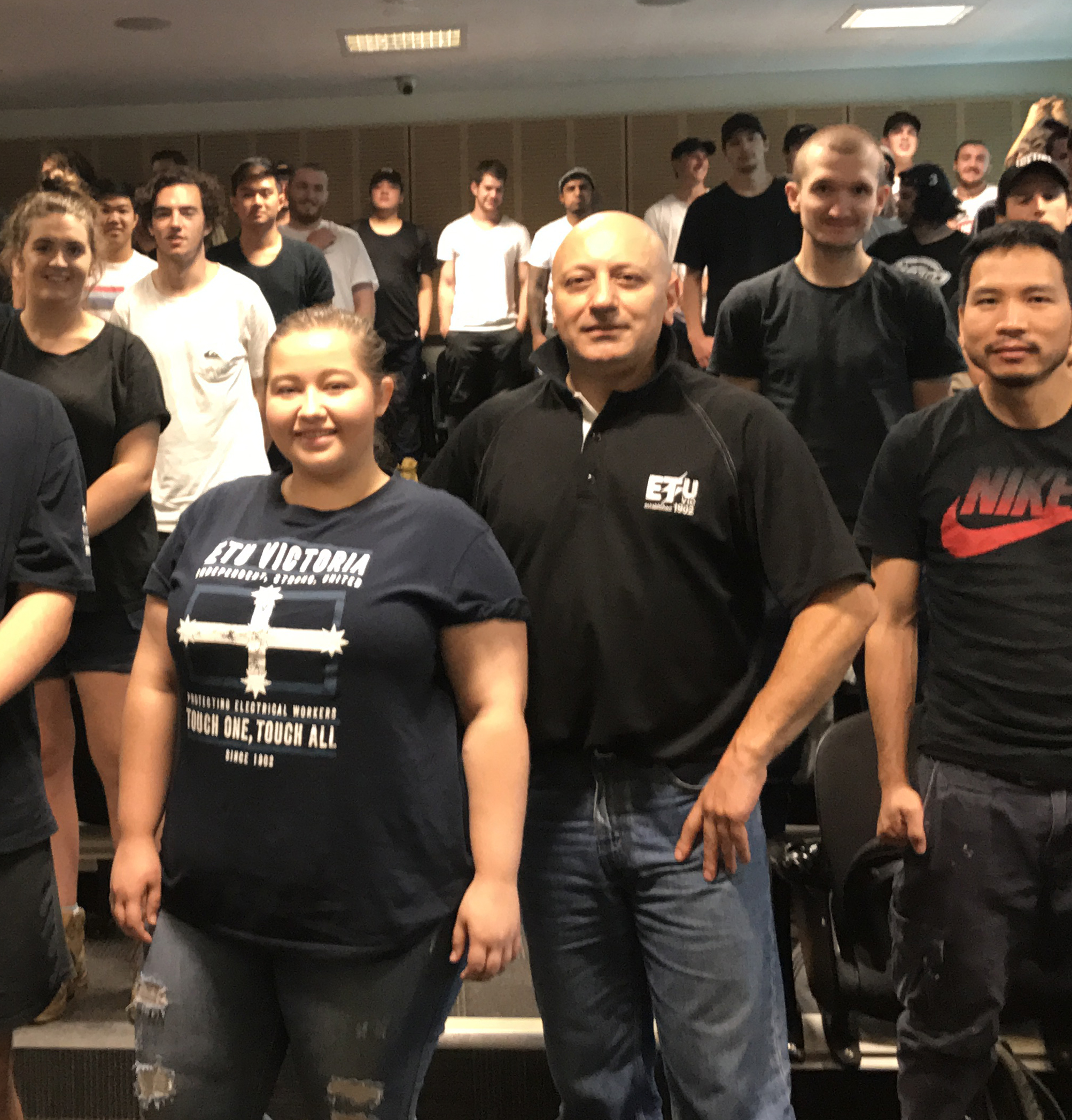Engaging young workers in unionism
 With 8% union density among young people, it would appear that the connection to militant union history has thinned as time has passed. Young people seem increasingly unaware of their rights at work, what pay they’re owed and that unionisation and collective bargaining are how to win against corrupt bosses. Mitch, a summer intern, shares his views on engaging young workers.
With 8% union density among young people, it would appear that the connection to militant union history has thinned as time has passed. Young people seem increasingly unaware of their rights at work, what pay they’re owed and that unionisation and collective bargaining are how to win against corrupt bosses. Mitch, a summer intern, shares his views on engaging young workers.
In the face of increasing casualisation and the backwards slide of workers’ rights, how are unions and unionists turning this on its head to ensure the next generation are engaged and ready to fight?
To consider how unions can best maximise the recruitment of young workers, our case studies should come from unions that cover industries with overall good union density and, above all, industries that can be organised most readily. Considering that apprentices make up around 10% of our 19,000 members, the ETU is a good example of a union in an industry with a strong history that takes measures to engage young workers.
Reaching out to young people
The ETU appears to make recruiting young workers a matter of union business. The union first advertises its benefits in an easily accessible tab on its website, showing exactly what they have to offer workers. They even have their benefits on pull-out paper banners inside ETU-branded pens. The union makes concerted efforts to offer material benefits to young workers beyond the promise of backing them during disputes with employers. In a time of disconnection from the proud history of unionism, low union density and ineffective unions gutted by anti-union law or corporatisation, visible and tangible benefits for members is an important as a first port of call for prospective members. Especially important are benefits that are considered useful to young workers, like ambulance cover, insurance and superannuation.
Information is the key

The ETU goes further to make sure apprentices coming into the industry are aware of the union and what it offers its members. Omar, the apprentice officer, hosts presentations at TAFEs and trade schools around Melbourne. I sat in on a presentation in a room full of pre-apprentices literally a week into their course. The presentation involved practical advice about EBAs the union had negotiated and cautionary advice about domestic jobs that push electricians to ‘work live’. The union had also supplied tote bags filled with merchandise that were given out after the presentation to people who could answer questions relevant to their
rights at work.
The ETU also produces a handbook for apprentices that highlights young workers’ rights at work, useful contacts in the industry and practical and well-presented information about the electrical trade and the union. It even has a QR Code that can be scanned to add the apprentice officer’s phone number to your phone contacts. As well as this, the ETU has a phone application with useful features on it that are accessible to young members.
Subsidised training
Above all, there is subsidised training for members offered at the ETU office. The program operates in partnership with Holmesglen and offers electrical workers practical training pertaining to the trade. It is also subsidised based on employment level.
The $3 million the ETU has put into this training facility, plus the other non-tokenistic attempts at engaging young workers into unionism show the ETU’s sincerity in its goal. An increase of women in the union would be a project worth engaging with, but the number of apprentices that are dues-paying members speaks for itself. Comparative to other unions with bigger membership bases, the ETU’s attempts to engage young people in unionism has been notably successful, even in times where union density is so low.
This article is from the Autumn 2017 issue of the ETU's members magazine. You can read the digital edition here.